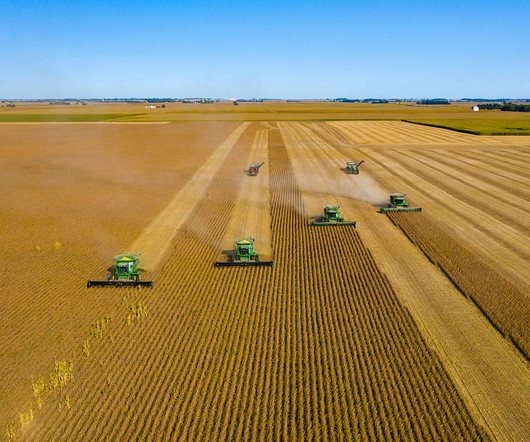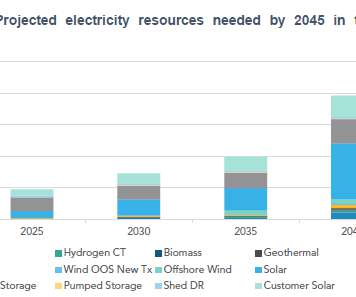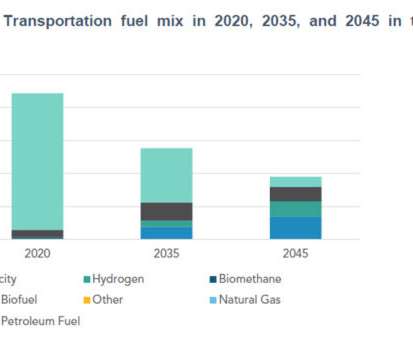Examining the House Agriculture Committee’s Reconciliation Bill
National Sustainable Agriculture Coalition (NSAC)
JUNE 4, 2025
Since the establishment of reconciliation, federal programs within the jurisdiction of the Congressional Agriculture Committees have been consistently targeted for cuts – through budget reconciliation, cuts to farm bill programs were made in 1982, 1987, 1989, 1990, 1993, 1996, and 2006.
















Let's personalize your content